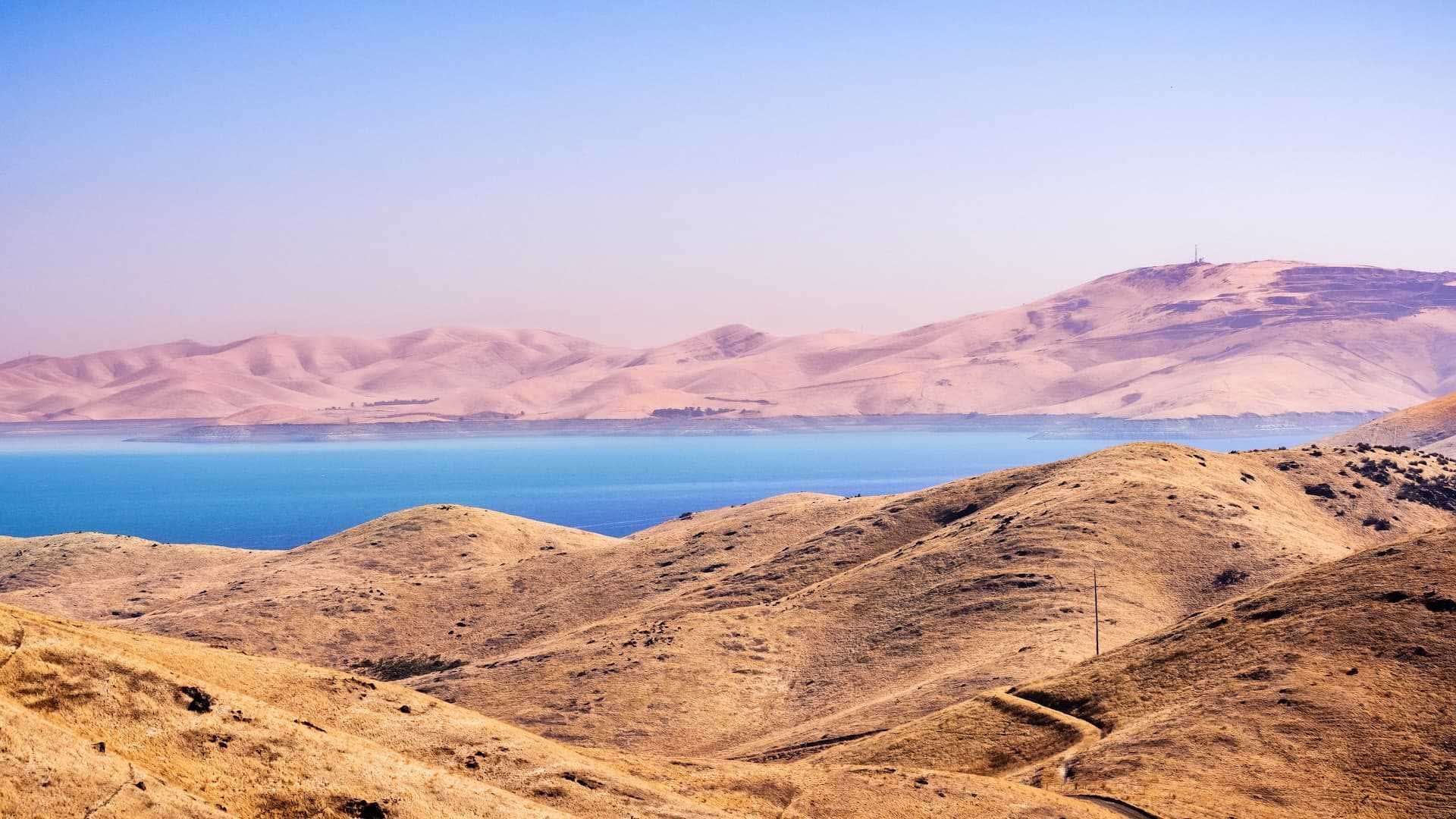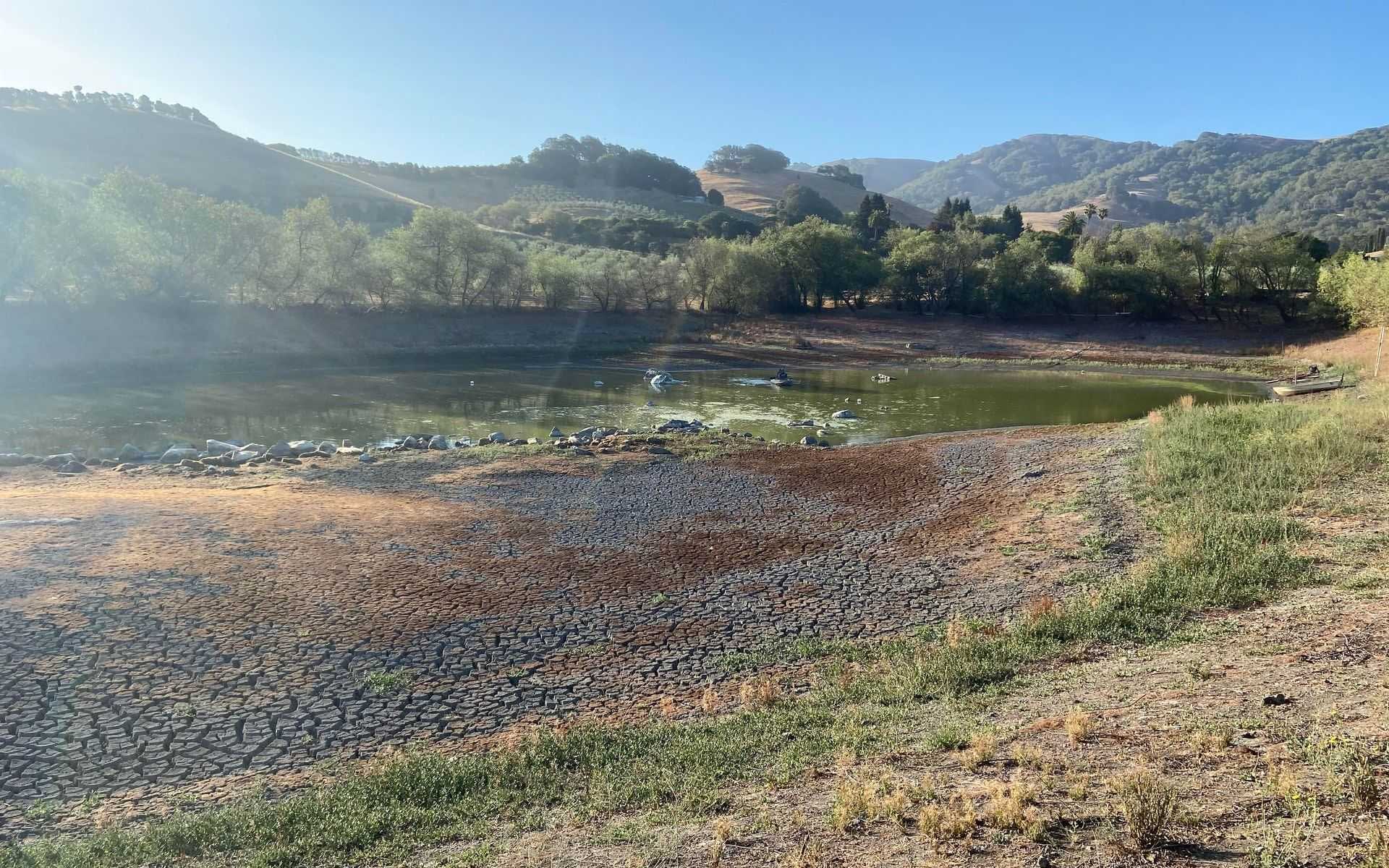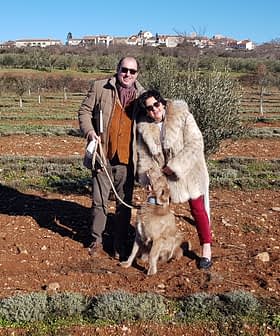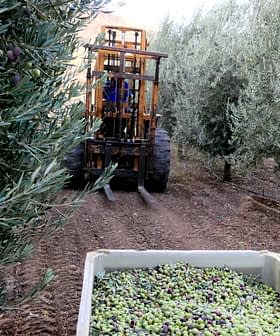California is in the midst of its worst period of drought since 2016, and it is unlikely to break anytime soon.
According to data from the United States Drought Monitor, about 47 percent of the state is in an exceptional drought. A further 95 percent is in a severe drought, and the whole state is considered to be in a moderate drought.
I need our six little ponds to fill up to 100-percent capacity to properly irrigate the orchards and landscape… We’re short about 22 million gallons of water this year.
Since records began in 1895, California has only experienced this level of exceptional drought on four other occasions.
Among the areas hardest hit by the state’s drought have been the San Joaquin Valley and the Sacramento Valley, both of which boast some of the most fertile agricultural lands in the United States.
See Also:Family Behind Organic Roots Adapts as California Drought Refuses to BreakCalifornia’s Public Policy Institute estimates that about 216,500 hectares – 10 percent – of the San Joaquin Valley’s agricultural land will fall out of production in the next two decades due to the drought.
Few crops are likely to be spared. However, olive growers and oil producers may be best positioned to cope with an increasingly hot and dry California.
“California has been in drought for 50 years,” Javier Fernandez-Salvador, the executive director of the University of California-Davis Olive Center, told Olive Oil Times. “There are more years of drought than what they used to consider normal. Olive farmers, in general, have been preparing quite well.”
“Of course, it is impossible to generalize,” he added. “It all depends on management and how everyone is handling the different seasons.”
Since starting the job two months ago, Fernandez-Salvador has already been to visit some of the state’s super-high-density and ultra-high density groves. He said the producers behind these operations have already started to adapt.
“They are starting to change their approach to the way that they are pruning and managing, becoming more technical,” he said.
Based on his discussions with producers so far, Fernandez-Salvador does not think this period of drought will have a major impact on the state’s olive oil production in 2021.
“I have not heard of any issues with pollination or yield reduction this year,” he said. “I think the crop is looking pretty decent. Some people are expecting to have great crops.”

San Luis Reservoir
According to data from the Olive Oil Commission of California, the state will produce approximately three million gallons (13.6 million liters) of olive oil in 2021, a big improvement over last year’s yield of 1.9 million gallons (8.6 million liters), but slightly lower than the 3.6 million gallons (16.4 million liters) produced in 2019.
However, the drought has not impacted every grower equally. Situated on 220 hectares in Petaluma, just north of San Fransisco, Samantha Dorsey, the president of McEvoy Ranch, expects to see a smaller yield than she previously expected as a result of several factors.
“The growing season is a challenging one… and there are a number of factors,” she told Olive Oil Times. “There’s the drought, extremely high winds and high temperatures that all kind of converged around bloom and fruit set. I think fruit set is going to be a bit lower.”
The Sonoma County producer said high winds had swept through her groves in May and June, just as the trees were blossoming. Combined with the scant rainfall, the wind blew plenty of blossoms off the trees and dried out the pollen in other blossoms, leading to floral desiccation.
“We’ve had a great deal of that this spring, so while the initial bloom looked really good, by the time we got to fruitset, much less fruit had set because of the wind during bloom,” she said.
See Also:One-Fifth of Italy at Risk of Desertification, Irrigation Experts WarnLike the overwhelming majority of producers that do irrigate in California, Dorsey said that McEvoy Ranch uses drip irrigation. This helps producers use the exact amount of water required by the tree during different stages of development.
However, even with drip irrigation, producers who are reliant on surface water for irrigation are struggling with the lack of rainfall over the past spring and autumn and a much lower snowpack in the Sierra Nevada.
“Farmers who are irrigating with well water are less affected this year,” Dorsey said. “They may have long-term supply problems coming down the pike as the aquifers are more and more depleted.”
“Whereas growers like us are completely dependent upon our surface water runoff, so our annual water access is variable,” she added. “But from a long-term perspective, I’m not depending upon any aquifer storage for irrigation.”
To put this into context, Dorsey said that she has six ponds scattered around the farm that store water for the irrigation of her trees and vines.

An irrigation pond on McEvoy Ranch. Photo: Samantha Dorsey
“I need our six little ponds to fill up to 100-percent capacity to properly irrigate the orchards and landscape,” she said. “Our maximum this year was about 33 percent. We’re short about 22 million gallons (100 million liters) of water this year.”
Back in Davis, Fernandez-Salvador said that one of the main projects he is working on with the Olive Center is how to improve irrigation. The center recently hired a new irrigation specialist to research optimization, evapotranspiration and water reduction for olive groves, among other crops.
“There is a grant that the university received to specifically look at water optimization in olives,” Fernandez-Salvador said. “This is great. We’re already working to determine what the standards for the new normal, which will be hotter weather, drier springs and summers and even hotter autumns.”
“The advantage is that we are working with a crop that is very forgiving,” he concluded. “Olives can withstand inclement conditions and I think once we have the data and we can start making good recommendations to the growers, we’ll be able to address the drought and lowering water availability better than other crops.”









